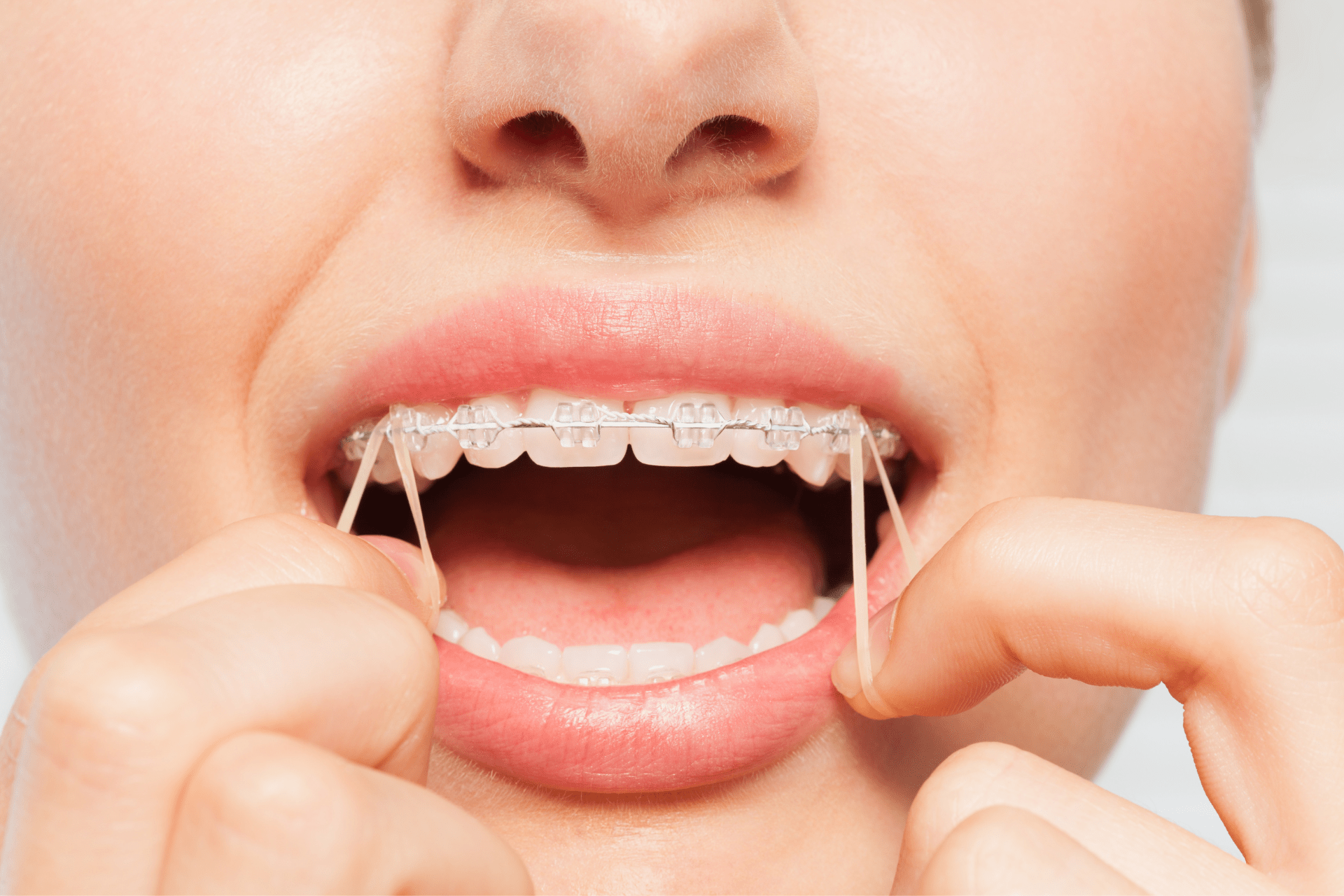Comprehensive Guide to Orthodontics Treatments for Dealing With Dental Misalignments
Recognizing the complexities of each treatment, including their mechanisms, advantages, and potential downsides, is essential in making notified decisions concerning one's orthodontic treatment. As we browse through the detailed guide to orthodontic treatments for correcting dental imbalances, the intricate details of each technique will unravel, losing light on the path toward a unified and functional oral placement.
Orthodontic Procedures Introduction

In enhancement to clear aligners and traditional braces, orthodontists might also recommend various other interventions like headwear, palatal expanders, or retainers to deal with particular placement concerns (cumming braces). These treatments are tailored to every patient's special needs and may include a mix of treatments to accomplish the preferred results. Normal adjustments and tracking are crucial components of orthodontic treatment to ensure progression gets on track and to make any type of needed alterations along the road. By going through orthodontic procedures, patients can not just attain a straighter smile however likewise enhance their overall oral health and wellness and feature.
Traditional Braces: Exactly How They Work
When considering orthodontic treatments for oral imbalances, standard braces stand out as a tried and true method for correcting teeth placing. Traditional braces are composed of braces, wires, and bands that function with each other to apply continual stress on the teeth, progressively relocating them right into the wanted alignment.
One key aspect of exactly how standard dental braces work is the procedure of bone improvement. As stress is put on the teeth via the dental braces, the bone surrounding the teeth is improved to sustain the brand-new tooth settings. This makeover is crucial for the lasting security of the fixed positioning. People will certainly require normal adjustments at the orthodontist's workplace to guarantee the braces continue to use the appropriate stress for reliable teeth activity.
Invisible Aligners: Disadvantages and pros
These clear, custom-made trays are basically unseen when worn, making them an appealing alternative for people seeking a much more visually pleasing orthodontic therapy. Patients can eliminate the aligners prior to eating or cleaning their teeth, reducing the risk of food obtaining stuck in the device and simplifying the cleansing procedure.

Surgical Orthodontic Options
Surgical interventions in orthodontics present viable alternatives for dealing with complicated oral imbalances that might not be successfully dealt with with traditional orthodontic therapies. While traditional braces and unnoticeable aligners can correct numerous orthodontic issues, particular situations call for medical treatment to accomplish ideal outcomes. Surgical orthodontic choices are usually suggested for serious malocclusions, substantial jaw disparities, and instances where the underlying bone framework requires adjustment to accomplish proper alignment.
One typical surgical orthodontic treatment is orthognathic surgical procedure, which includes repositioning the jaws to deal with practical issues such as problem chewing or speaking. This surgical treatment is commonly performed in cooperation with an orthodontist who helps align the teeth before and after the procedure. Surgical orthodontics might also involve procedures to expose influenced teeth, remove excess gum cells, or improve the jawbone to develop an extra unified facial account.
Before thinking about surgical orthodontic alternatives, clients go through a comprehensive evaluation to establish the requirement and potential advantages of such interventions. cumming invisalign. While surgery might appear difficult, it can dramatically enhance both the feature and looks of the smile in cases where traditional orthodontic treatments drop short
Retainers and Post-Treatment Care

Post-treatment treatment includes following the orthodontist's instructions carefully. This may consist of appropriate dental hygiene techniques, participating in follow-up consultations, and using the retainers as prescribed. Failing to adhere to post-treatment care directions can cause relapse, where the teeth gradually relocate back in the direction of urgent care dental clinic their original settings. Consistent retainer wear, great oral hygiene, and routine dental exams are vital for keeping the outcomes achieved via orthodontic surgical treatment find the closest dentist and making certain the lasting stability of the remedied oral positioning.
Conclusion
Finally, orthodontic procedures supply numerous alternatives for correcting dental misalignments. Traditional dental braces make use of steel brackets and cables to move teeth right into appropriate positioning. Undetectable aligners supply an even more very discreet option but may not appropriate for all cases. Surgical orthodontic choices are readily available for a lot more extreme misalignments. Retainers are generally used post-treatment to keep the brand-new placement. Overall, orthodontic procedures can properly improve oral wellness and visual appearance.
As we browse with the comprehensive overview to orthodontic treatments for fixing dental misalignments, the intricate details of each approach will unfold, losing light on the path toward a practical and harmonious dental positioning. - invisalign
One of the most usual orthodontic therapies is the usage of dental braces, which are composed of metal braces and cables that apply mild pressure to gradually change teeth right into the desired placement.When considering orthodontic therapies for dental imbalances, typical braces stand out as a time-tested approach for remedying teeth placing. In addition, unseen aligners might not be suitable for intricate orthodontic problems that call for more substantial teeth movement, as they are usually advised for mild to moderate situations. Retainers are custom-made orthodontic tools made to hold teeth in their corrected placements after the completion of orthodontic therapy.